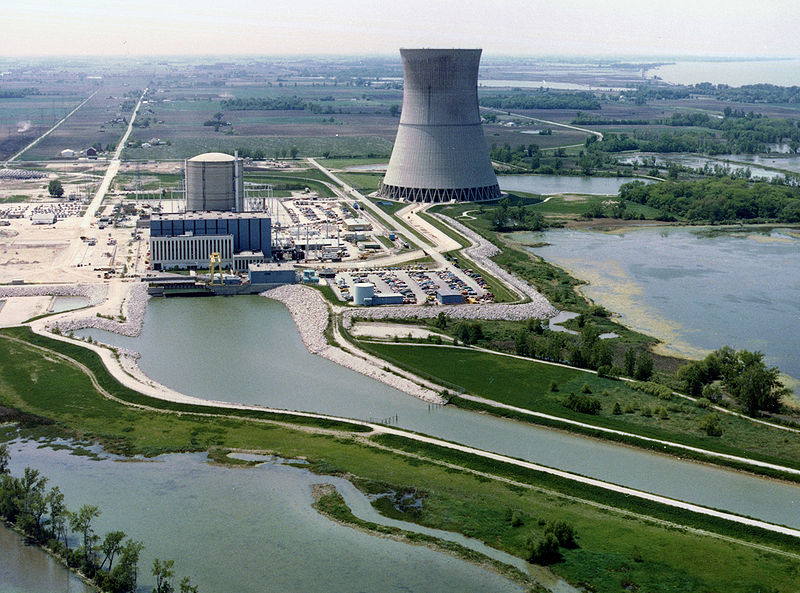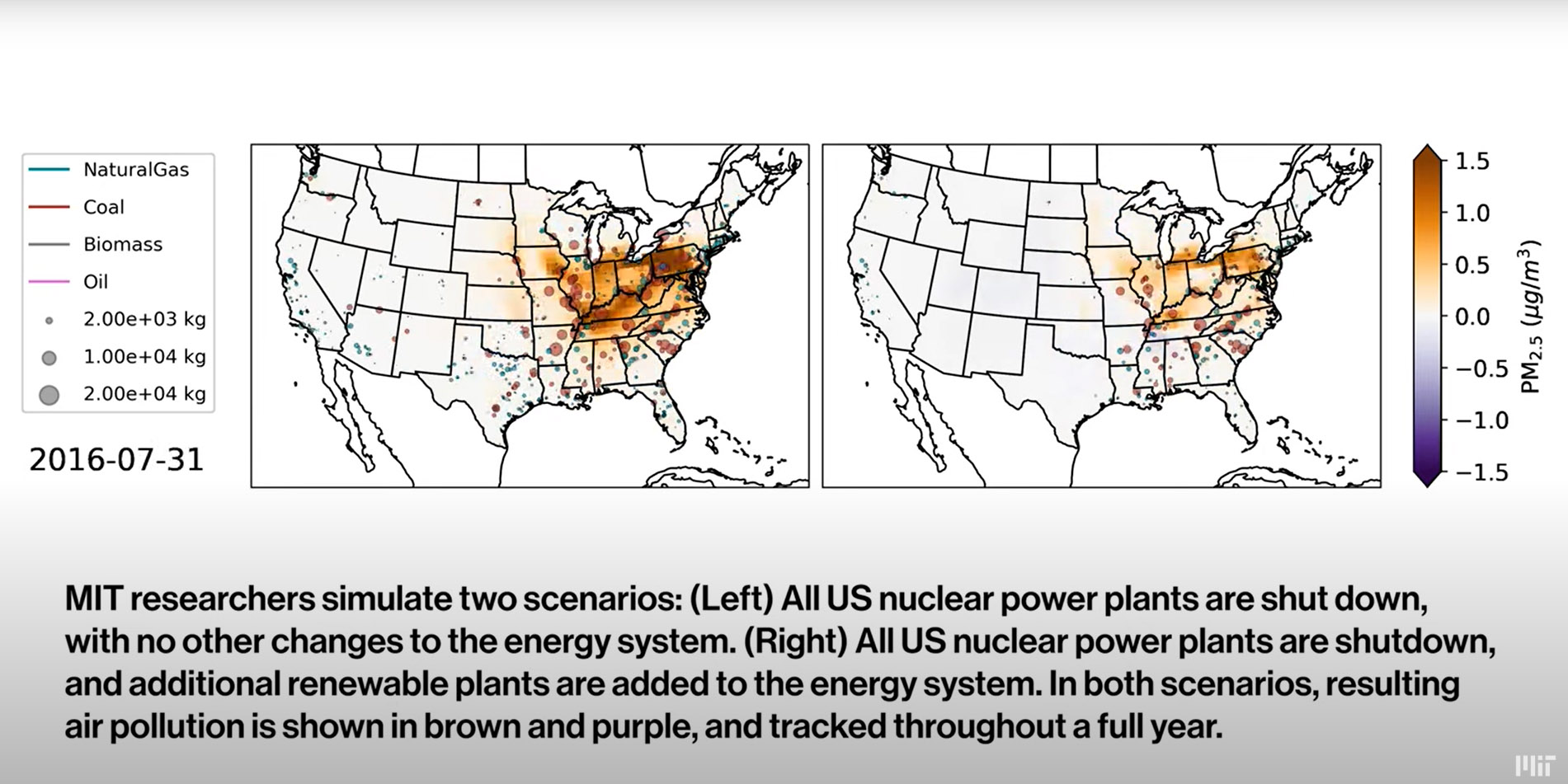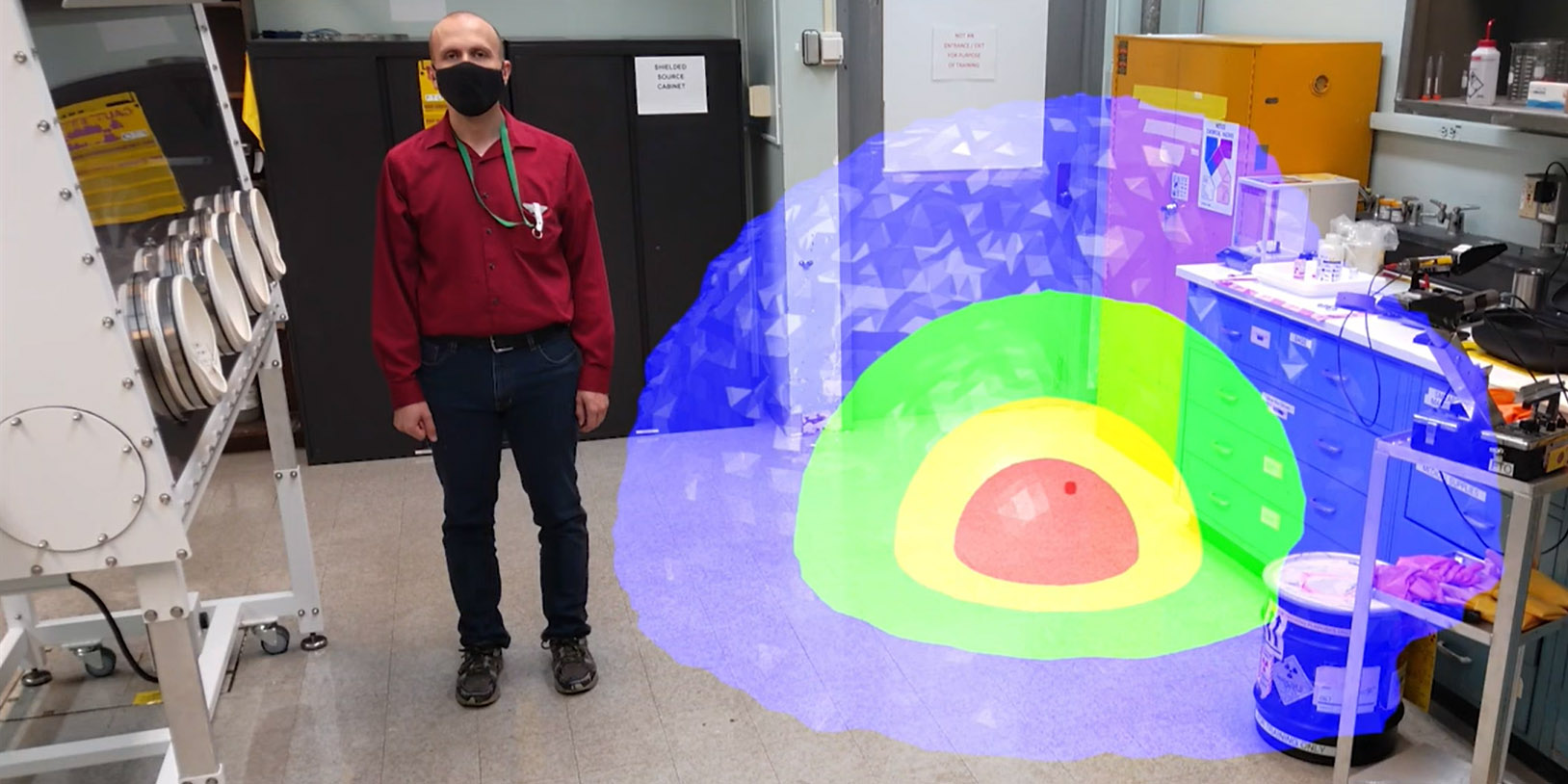Energy secretary Jennifer Granholm addresses an audience of lab staff, dignitaries, and media at LLNL. (Photo: LLNL)
Lawrence Livermore National Laboratory hosted current and former staff, government officials, and media on May 8 to celebrate the lab’s achievement of fusion ignition at the National Ignition Facility (NIF) on December 5, 2022. Energy secretary Jennifer Granholm and undersecretary for nuclear security and National Nuclear Security Administration administrator Jill Hruby were in attendance, and Granholm took the opportunity to announce funding of up to $45 million to support inertial fusion energy (IFE) research and development. The Department of Energy’s Office of Science (DOE-SC) wants to establish multiple IFE Science and Technology Innovation Hubs (IFE S&T hubs), with total funding for 2023 of up to $9 million for projects lasting up to four years in duration.
A cutaway depiction of the AP300 SMR. (Image: Westinghouse)
Just days after immediately achieving key-player status in the small modular reactor market with the unveiling of its AP300 SMR, Westinghouse Electric Company on May 9 announced the filing of the new unit’s preapplication regulatory engagement plan with the Nuclear Regulatory Commission.
The plan outlines the preapplication activities Westinghouse intends to carry out with NRC staff to support the AP300’s licensing. According to the announcement, the plan documents the basic design philosophy of the technology, an overview of the proposed licensing approach, and a timeline for the planned preapplication interactions between the NRC and Westinghouse, with the goal of soliciting agency feedback on noteworthy topics.
A digital rendering of the Dow/X-energy Xe-100 plant in Texas. (Image: X-energy)
Dow and X-energy have announced the location of their Xe-100 small modular reactor deployment project: Dow’s UCC Seadrift Operations manufacturing site in Texas. According to a May 11 joint news release, the SMR plant will provide the Seadrift site with power and heat as the site’s existing energy and steam assets near the end of their operational lives.
The IAEA is helping expand the use of nuclear medicine to control cancer in developing nations. (Photo: P.Pavlicek/IAEA)
With funding from the Islamic Development Bank (IsDB), the International Atomic Energy Agency is working to help developing countries scale up their cancer care capacities in radiotherapy, the agency said. A multilateral development bank, IsDB works to improve lives by promoting social and economic development in 57 member states and Muslim communities around the world.
Augusta University’s Neil MacKinnon and SRNL’s Tammy Taylor at the signing ceremony for a new security and workforce development partnership.
Savannah River National Laboratory and Augusta University have announced a new agreement that formalizes a long-standing partnership and expands on a shared mission to address global security issues.
The Davis-Besse nuclear power plant. (Photo: NRC)
The Great Lakes Clean Hydrogen Hub coalition (GLCH) has submitted an application for funding from the $8 billion Department of Energy program authorized by the Bipartisan Infrastructure Law to support the creation of regional clean hydrogen hubs, nuclear plant owner/operator Energy Harbor announced on May 2.
A still from a video posted by MIT that illustrates the air pollution that would be generated over one year by a grid with no nuclear power. (Credit: MIT)
Nuclear power is the single largest source of clean energy in the United States, but how can the value of “clean” be measured? Two recent reports by researchers at the Massachusetts Institute of Technology and Pacific Northwest National Laboratory, respectively, measured the clean energy benefits of nuclear energy in different ways: the benefits to human health from the air pollution avoided and the future economic value of avoided carbon emissions.
A still image from an ORNL video demonstrating the VIPER technology. (Credit: ORNL)
Researchers at Oak Ridge National Laboratory developed a method of using augmented reality (AR) to create accurate visual representations of ionizing radiation, and that technology has just been licensed by Teletrix, a Pittsburgh, Pa.-based firm that develops simulators to train radiological workers and radiological control technicians. ORNL announced the news on May 4.
Egyptian and Russian officials inaugurate construction of El Dabaa-3 on May 3. (Photo: Nuclear Power Plants Authority)
The main construction phase for Unit 3 at Egypt’s El Dabaa nuclear power plant project has begun, Russia’s state-owned nuclear energy corporation Rosatom announced last week.
May 5, 2023, 3:03PMNuclear NewsCory Hatch and Richard Boardman At INL’s HTSE testing facility, researchers are advancing hydrogen production by shepherding HTSE through a series of technological advancements, economic analyses, and testing. (Photo: INL)
On December 20, 1951, researchers used energy produced by Experimental Breeder Reactor-I near Arco, Idaho, to illuminate four 200-watt lightbulbs. Since then, utilities have built commercial nuclear power plants in the United States almost exclusively to generate electricity. This has worked well alongside other power generation and transmission infrastructure—large oil- and coal-fired, natural gas turbine or hydroelectric plants, and a relatively simple electrical grid designed to deliver reliable power.
Humanity is now embarking on an epic and complex energy transformation across the grid, industry, and transportation. Renewables like wind and solar are contributing an increasing share of carbon-free electricity to the grid, but that contribution is variable and hard to predict—sometimes those sources produce more electricity than the grid needs, and sometimes less.




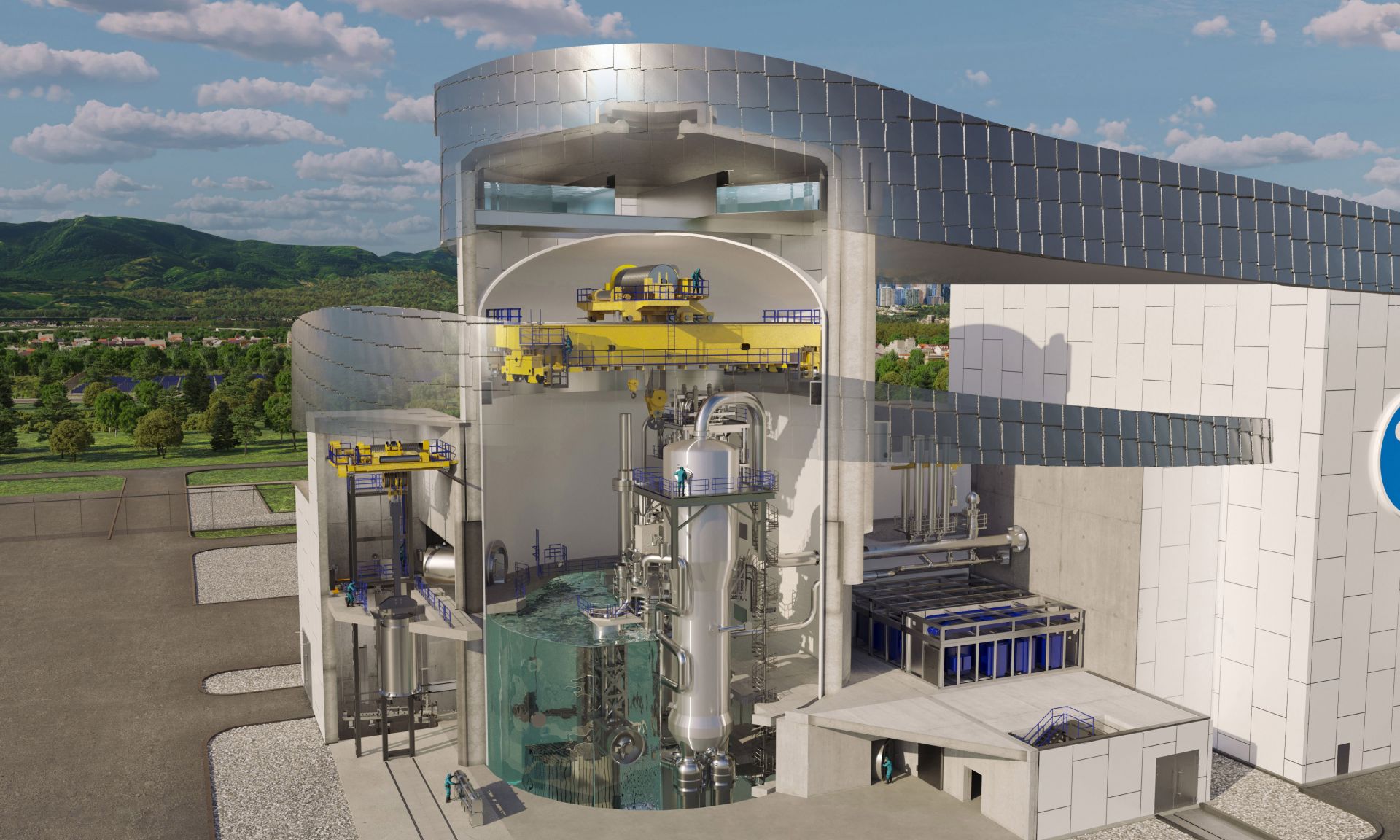


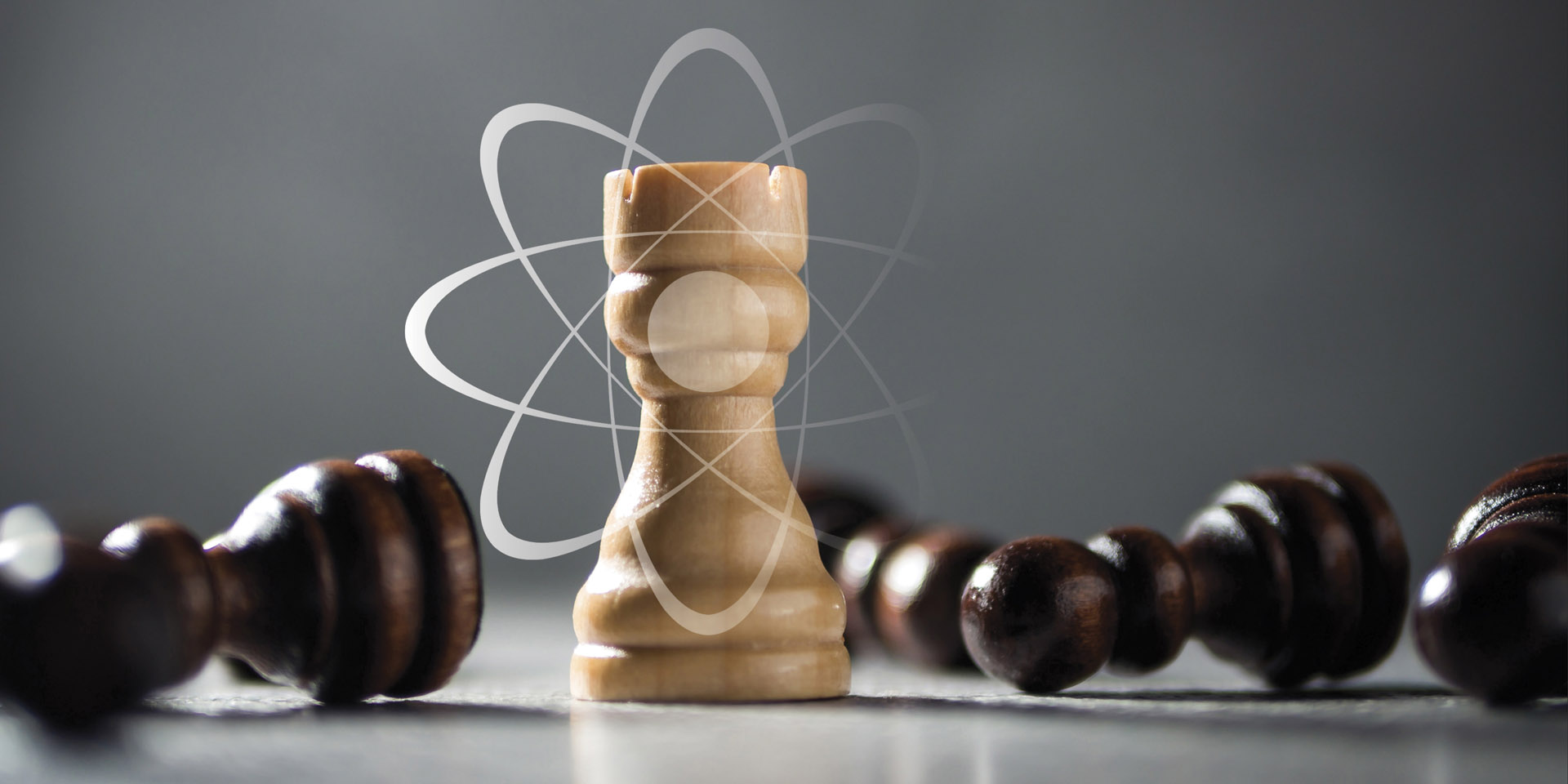

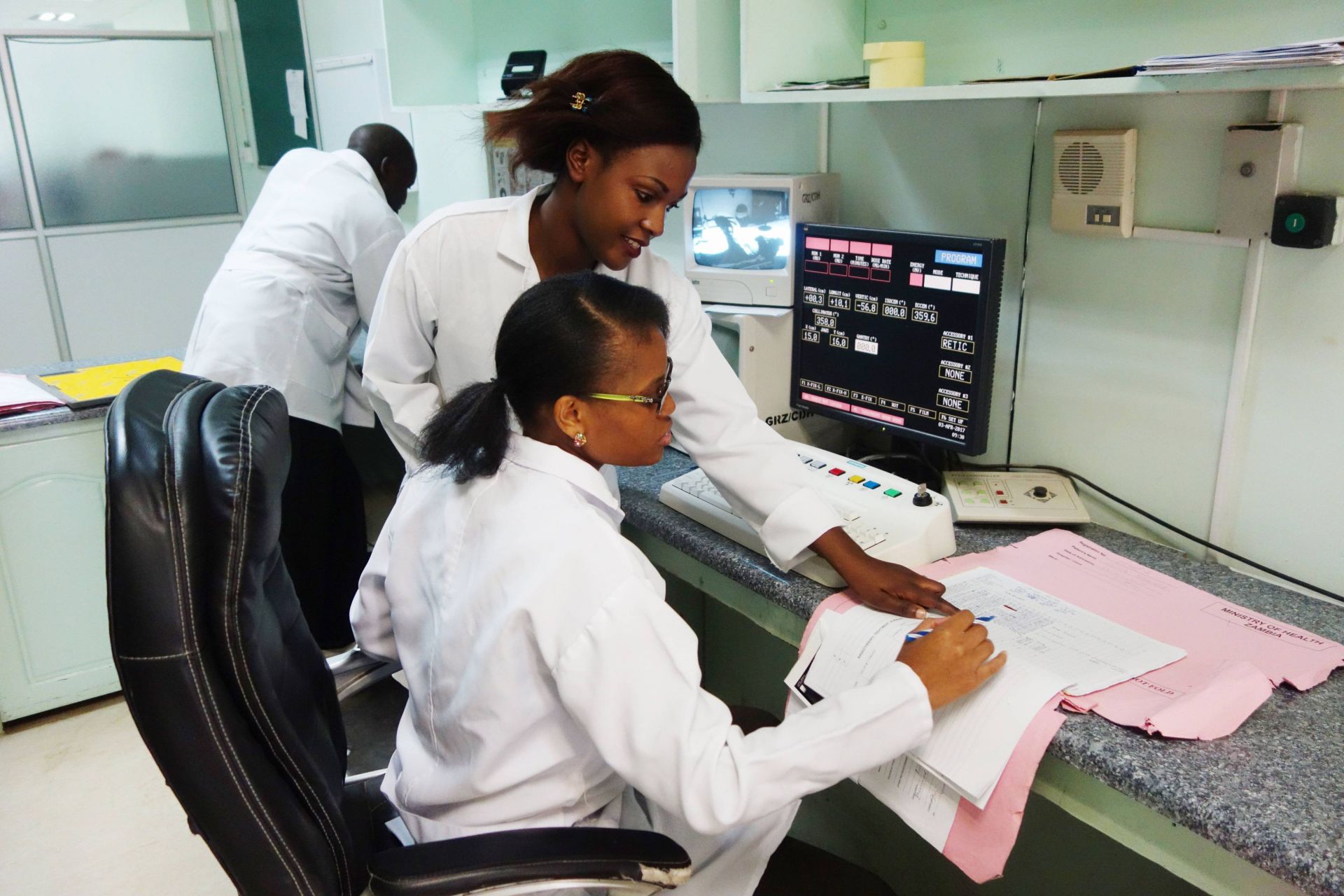

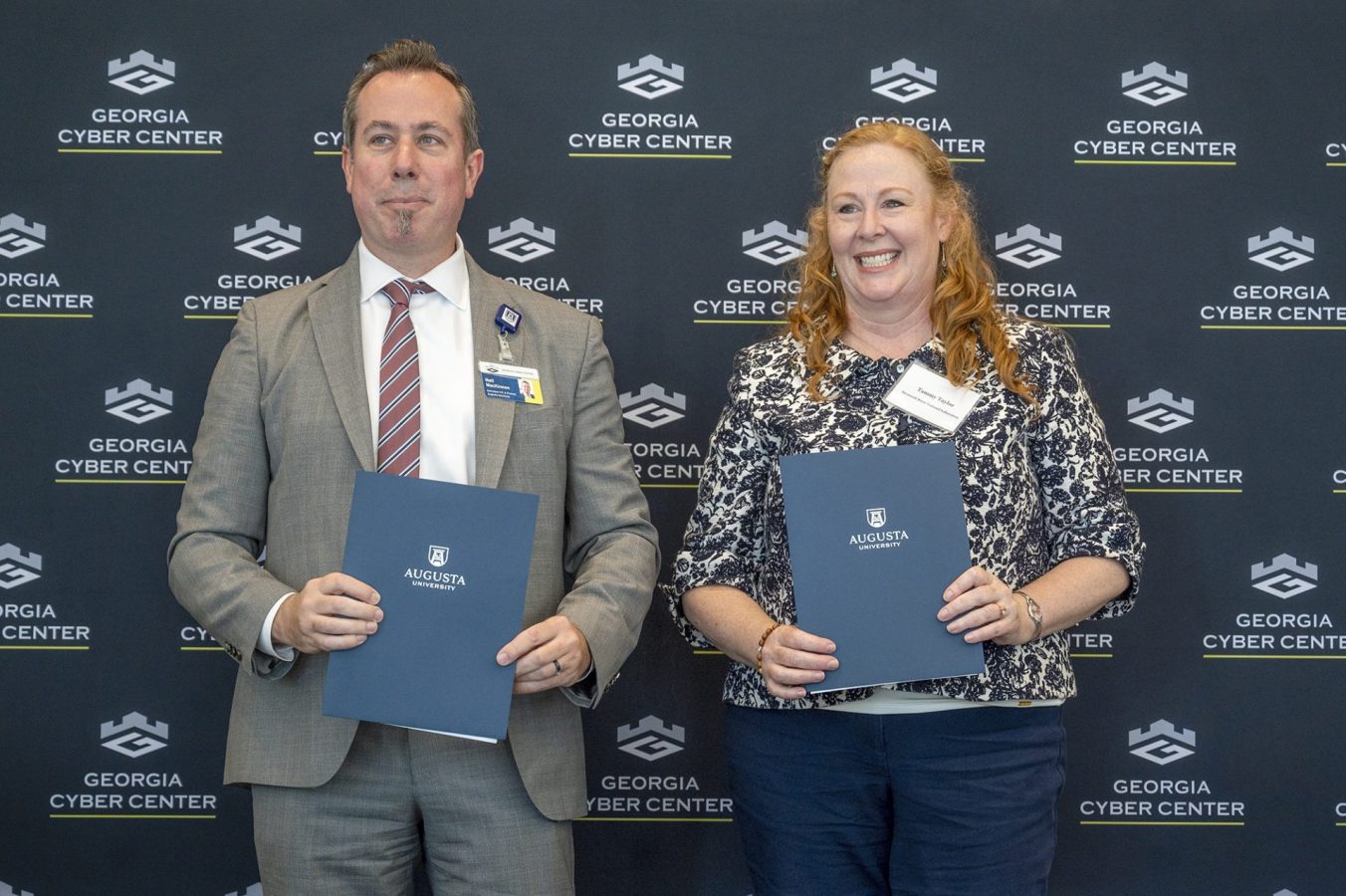
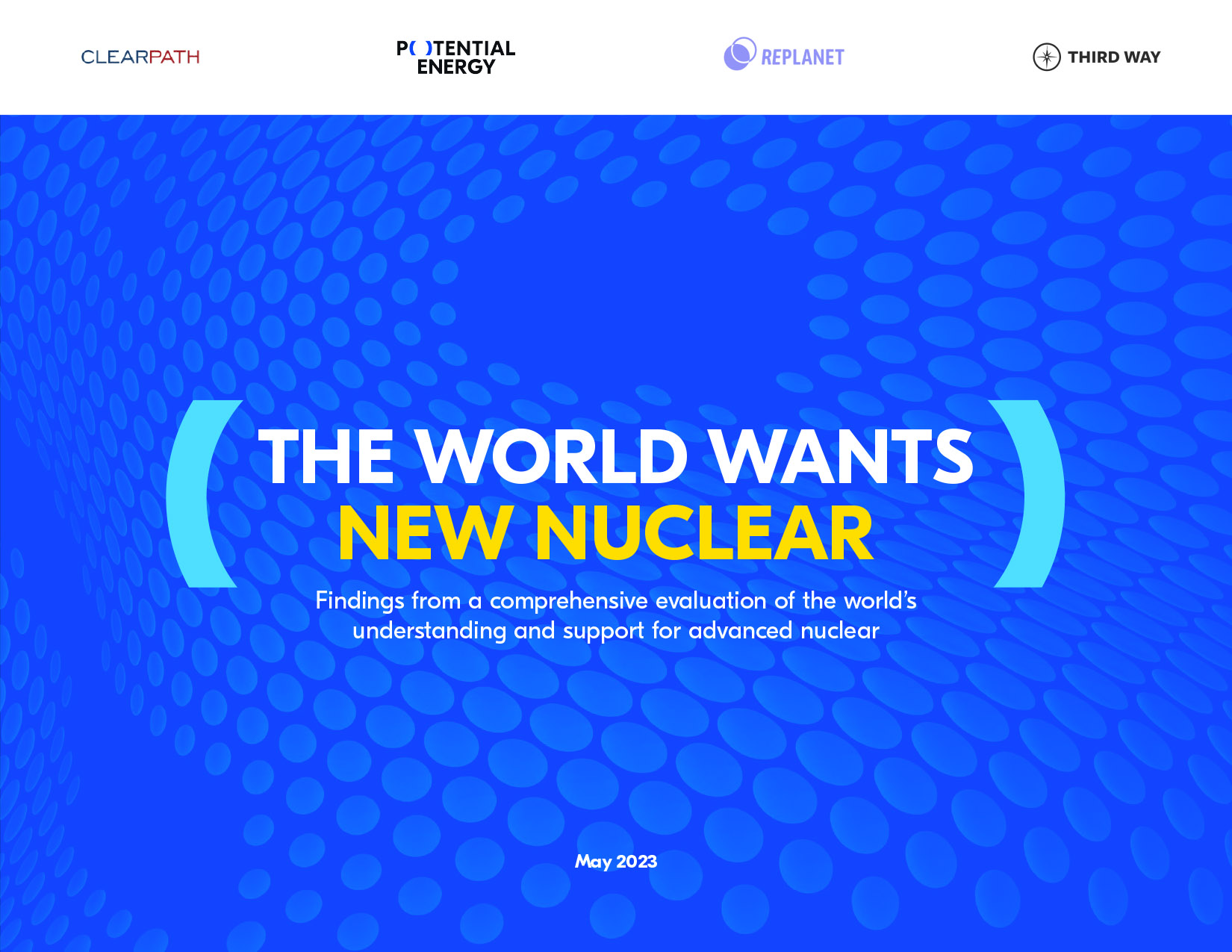 A recent multinational survey of attitudes toward nuclear energy has found widespread public support for advanced nuclear technologies in countries around the world, according to the 50-page report
A recent multinational survey of attitudes toward nuclear energy has found widespread public support for advanced nuclear technologies in countries around the world, according to the 50-page report 
